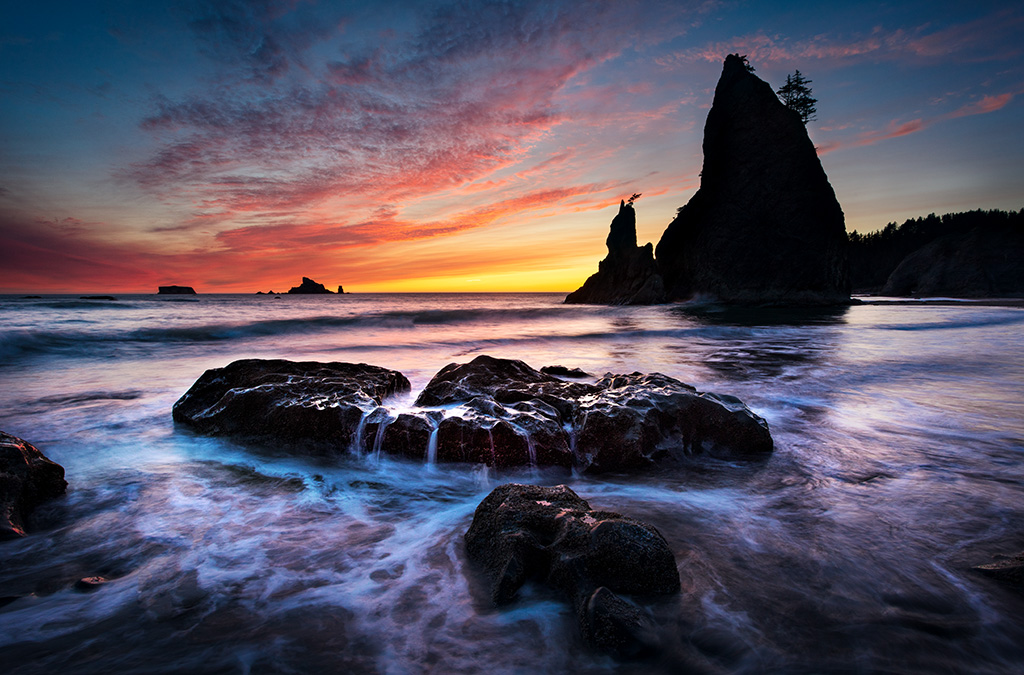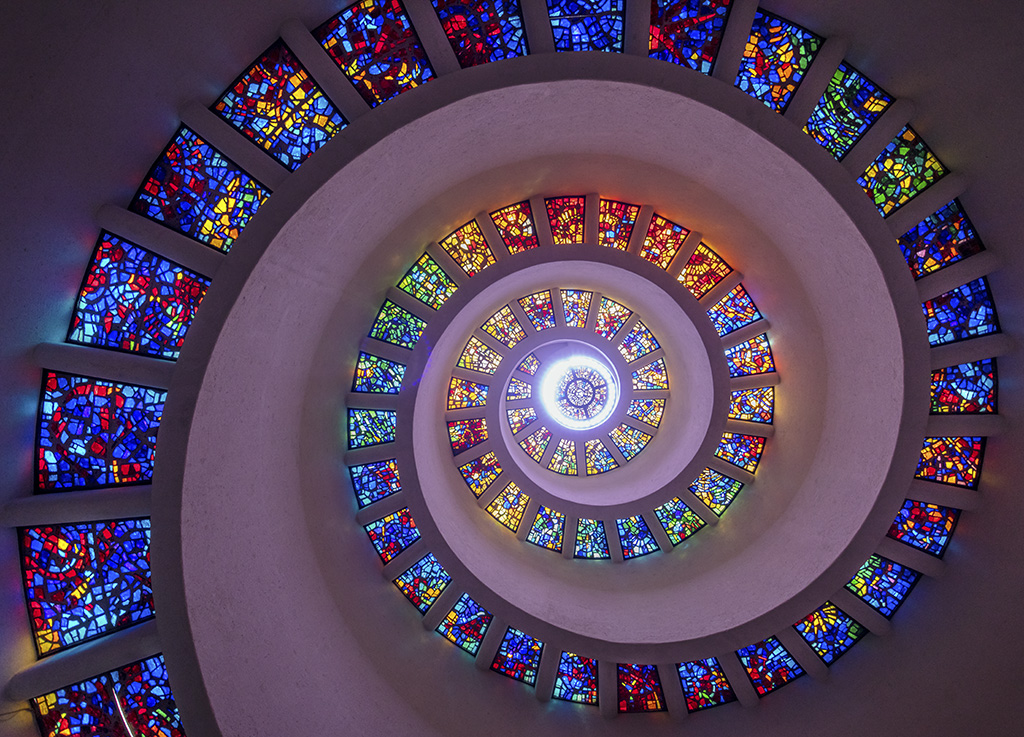or Using the Practical to Become Creative
Do you want to become more creative? I think we all do. But how do you do that? By focusing on creativity itself? I really don’t think so. In fact, I don’t think you can really teach creativity.
But at the same time, I don’t think creativity is something you are either born with or not. It definitely can be learned. But you don’t learn to be creative by trying to be more creative. That might sound odd at first, but it is true. You don’t become more creative by studying creativity itself; rather you become more creative by learning more about the practical aspects of photography. Creativity can only happen if you have mastered the nuts and bolts of photography. Specifically, it comes from you putting together these various nuts and bolts of photography in new and interesting ways. The more you know, the more creative you will appear.
Creativity in Photography as “Making Connections”
The best description of creativity I ever heard described it simply as “making connections in new ways.” You simply take existing concepts and connect them in ways that others haven’t. You make connections between things, between elements, between concepts, and you can use all these elements to create new and unique perspectives. In our case, those things we are trying to create are photographs. Those concepts that you will use to create the connections might be rules of composition, or focusing techniques, or post processing techniques. For our purposes here, think of all of these techniques as dots.
If you only have a few dots available to you, then you don’t have a lot of opportunities to be creative. No matter how you move or re-arrange the dots, there are only so many ways you can connect them.

If you have a few more dots available to you, and you will then connect them together in new and interesting ways. You’ll do that in all sorts of ways depending on the subject and scene you face. In other words, you will make the connections between the dots. The more dots you have, the more connections you can make.

Using the Dots Analogy in Photography
Now let’s take this concept and apply it to actual photography. Here’s how it might work. Let’s stay you are just starting out in photography, and you are photographing a coastal scene at sunset. If you are a beginner in photography, you will know very little about photography techniques. You won’t know enough to even try different things. You won’t know what is possible. As a result, you are likely to hold the camera up at eye level, put the horizon line in the middle of the picture, and auto-expose that picture. That’s it.
In that scenario, you don’t have enough dots to connect to make an interesting picture. Creativity is limited, to say the least.
Even if we add a few dots, you won’t have much to work with. Let’s say you know about the Rule of Thirds and you know enough about exposure to underexpose the sunset to bring out the colors. That is nice, and may result in a really nice picture. But your opportunities are limited. You only have a few dots and, once you get beyond the obvious, you will be stuck.
But now let’s start adding more dots to the equation. Let’s start with the Rule of Thirds as one of our dots, which we just mentioned above. You can work with that the emphasize the sky more, or the foreground more, as you see fit. Let’s say you also know a little more about composition, so you are familiar with the importance of foreground elements. As a result, you start looking around for something to use. You also start looking for leading lines and shapes to use. You also know about the effect of the size of the aperture on the sun and its rays, so you might use a smaller aperture to add a starburst effect (or not) or to generate different depth of field. After that, you might use exposure compensation to underexpose the photo and add mood. You might take your knowledge of shutter speed to slow it down and blur the water. Or you might even add a neutral density filter to do that further. You might also add a graduated neutral density filter to even out the exposure. Or bracket the photos so you can blend them later.
Or you might do none of these things. It doesn’t matter. The point is that if you don’t know about these things, you’ll never do them. If you do know about them, then you have options. You have dots. You can work with those dots to draw your own connections. Now you are in business. You can get creative by drawing connections.

Using the Practical to Become Creative
The point is that you can get more creative by studying the practical aspects of photography. You don’t need to be on some mystical quest for deeper appreciation and new ways of seeing (although you can do that if you want). Those of us that don’t think of ourselves as particularly creative people can make ourselves creative simply by continuing to learn and work at it. You can learn creativity – or at least the basis for increased creativity – by continuing to study the practical.
You’ll hear people out there talking about getting beyond the nuts and bolts of photography to get to the “soul of photography” or some such. What I’m saying here isn’t totally inconsistent with that. You should be on a consistent quest to improve your photography and to try to take it to deeper and more creative places. But you don’t get there by making yourself something you are not. Don’t let anyone make you feel inferior when you are focused on the practical aspects of photography. That’s a totally viable path to creativity.
Although this has nothing to do with photography, I’m reminded of a show called “Ramsay’s Kitchen Nightmares.” In that show, Gordon Ramsay goes into struggling restaurants and helps them turn things around. Invariably, he strips down the menu, simplifies everything, and gets back to basics. These chefs always have themselves twisted up trying to create culinary masterpieces with a thousand different ingredients. Rather than use a bunch of different spices to try to manufacture flavor, Ramsay always focuses on getting the best local ingredients available and turn them into simple, classic dishes. He gets them away from pretentious creativity into a focus on practical aspects of cooking and running a restaurant. Every time.
And that’s what I want for you. Rather than trying to force creativity, focus on the fundamentals. Master the techniques of photography. That way, you can take your own intuition and apply all this stuff in your own unique way. You won’t have to try to be creative – you won’t be able to help it.

